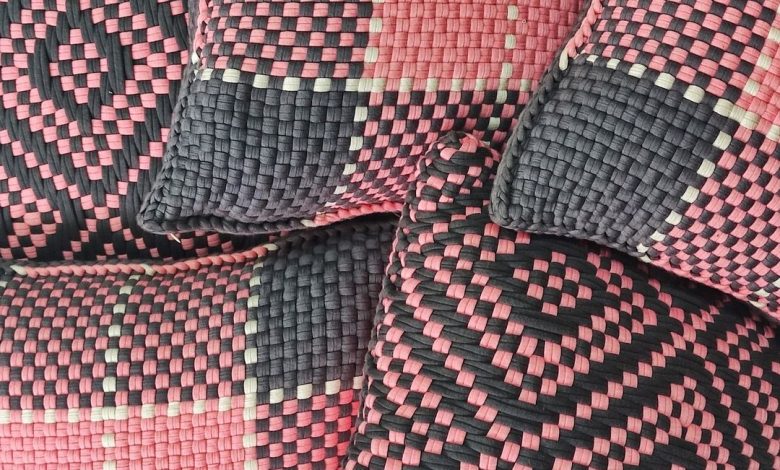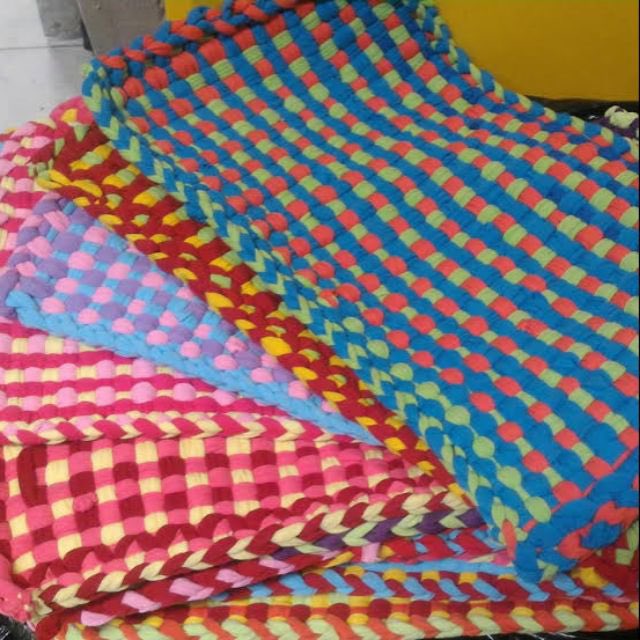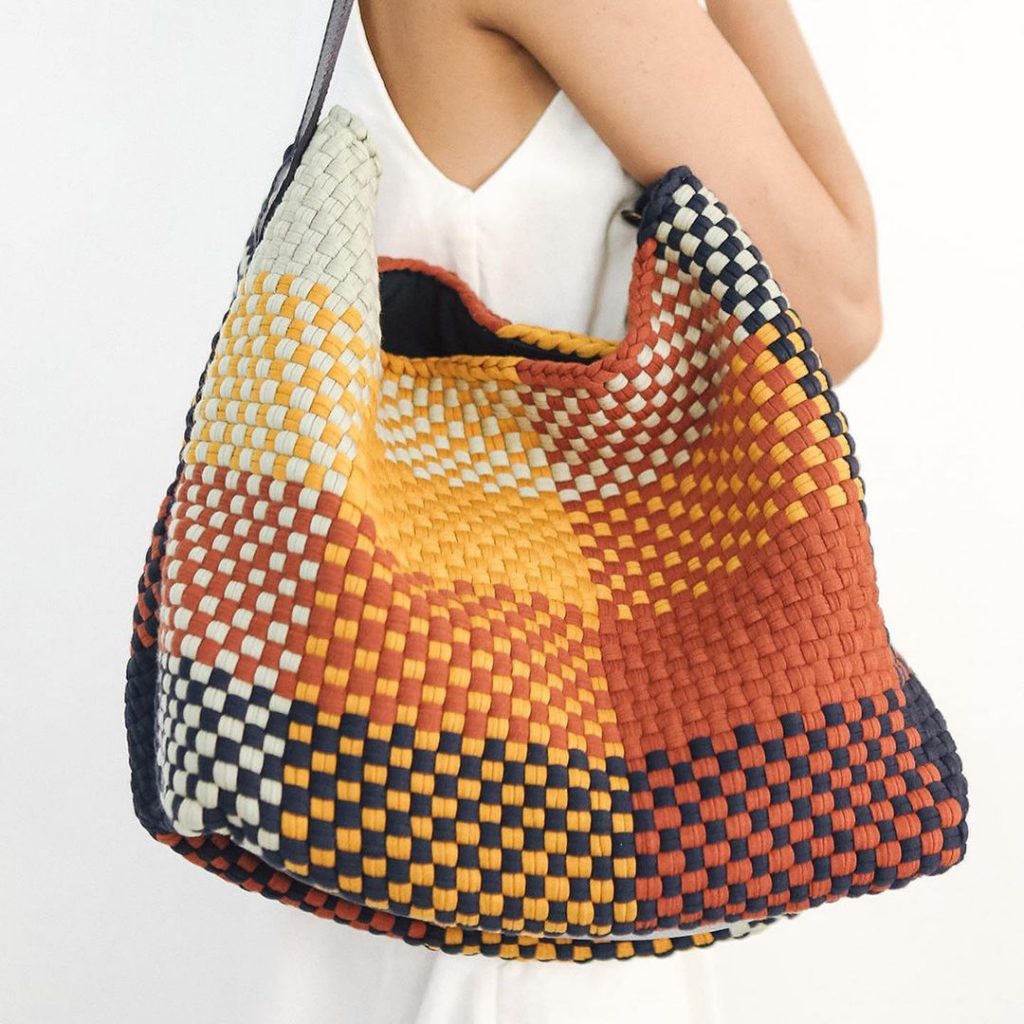
Basahan Fashion: The sustainable practice of retaso
Looking beyond the backlash and the digital noise, we dive into why the basahan is a prime example of Filipino ingenuity.
A few weeks ago, an American designer fell under social media fire for being on Vogue in what looked like upscale basahan pieces.
As a sustainability practice, fashion designers in New York have been using old looms to create new designs. The latest viral designer is Elise McMahon of LikeMindedObjects, who creates new pieces out of old looms.
No doubt, we’d still like to commend them for bringing sustainability to fashion on a larger scale, reaching a wider audience. However, let’s dive deeper into the origins of retaso and its ties to Filipino fashion, while shining the spotlight on a local brand whose basahan fashion has helped Filipinos out of poverty.
Basahan: The Origin
Weaving has always been a central part of our culture as Filipinos. Generations of indigenous folks have passed down countless weaving styles and traditions that are still being used today. Naturally, these practices made their way into our modern mundane lives. Being the resourceful people we are, we decided to commonly make rugs out of retaso material. Thus, the humble basahan was born!

Without even noticing, we’d literally walk over a basahan every time we enter a room, in our own homes or otherwise. Unknowingly, it just became a vital part of our everyday lives. So, yes, it did make for quite a surprise to see it placed in the upscale fashion world.
RELATED: [Scene-by-scene: How PH film industry ‘survived’ despite pandemic]
Rags2Riches
R2R started with the very serious mission of lifting Filipino artisans out of poverty. By transforming unwanted fabrics into beautiful, wearable pieces, they have been keeping that promise.

The weaving that bloomed out of expression and cultural preservation intertwined with the upcycled retaso is what makes this brand both fashionable and sustainable.

Today, they make almost everything from bags to clothes and home accessories, all made with style, and of course upcycled retaso! Filipinos who have come across their products will never look at a basahan the same way again.
Stay strong, R2R! You are a testament that a #BetterPhilippines is not so far ahead.
What’s your sustainable fashion story? Let us know in the comments below!


